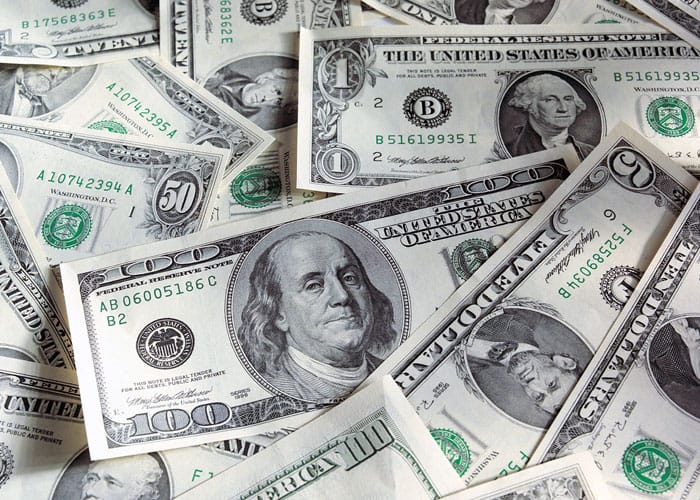
Sometimes, too much volatility in a currency can cause economic problems for the countries connected with the currency. In most cases, volatility is harmful to an economy, because stable conditions are better for business.
From an investors’ point of view, the certainty needs to be in proportion with the risk level, and so it follows that an economy needs stability if it is to grow. If, however, a currency is at the mercy of chronic manipulation and speculation, dollarization can present a solution to put the economy on a more even keel.
Essentially, dollarization is what happens when a country officially or unofficially adopts a foreign currency as legal tender for conducting transactions. Unofficial currency substitution, where a nation will hold a foreign currency as a hedge against inflation in its own currency, is the most common form of dollarization. Along with this, the nation will accept the foreign currency for transactions on an unofficial basis, so it isn’t technically ‘legal tender’.
On the other hand, full dollarization or ‘unofficial currency substitution occurs whan a country abandons its own currency and ceases to issue it, and makes a foreign currency the legal tender. This approach has some advantages and disadvantages. For starters, it can be quite a complex process that can have unintended consequences.
However, it does enable the nation to enjoy the same currency stability as the country that issues it. It can also be good for business, especially in developing countries, as it becomes much easier to trade with, and can help to attract inwards investment.
One pitfall of adopting a foreign currency is that it hands over a degree of the dollarized country’s sovereignty to the country that issues the currency. If the economy continues to struggle after full dollarization, they will end up in debt with foreign central banks. Also, if the foreign currency experiences volatility or a dramatic fall or rise, it can make the country even worse off than it was before.
Although the term ‘dollarization’ implies the adoption of the US dollar, it does in fact refer to the adoption of any foreign currency by a nation. Since the Bretton Woods agreement of 1944, the US dollar has been the most popular choice for dollarization, but in recent years many countries have used the euro instead.
A lack of confidence in the US dollar and the euro in recent years has left some nations doubtful about the ability of these currencies to protect their interests. Some have predicted that this will lead to the US dollar losing its status as the world’s default reserve currency, to be replaced by a weighted basket of currencies, which could spell the end of dollarization.
Tradersdna is a leading digital and social media platform for traders and investors. Tradersdna offers premiere resources for trading and investing education, digital resources for personal finance, market analysis and free trading guides. More about TradersDNA Features: What Does It Take to Become an Aggressive Trader? | Everything You Need to Know About White Label Trading Software | Advantages of Automated Forex Trading


































